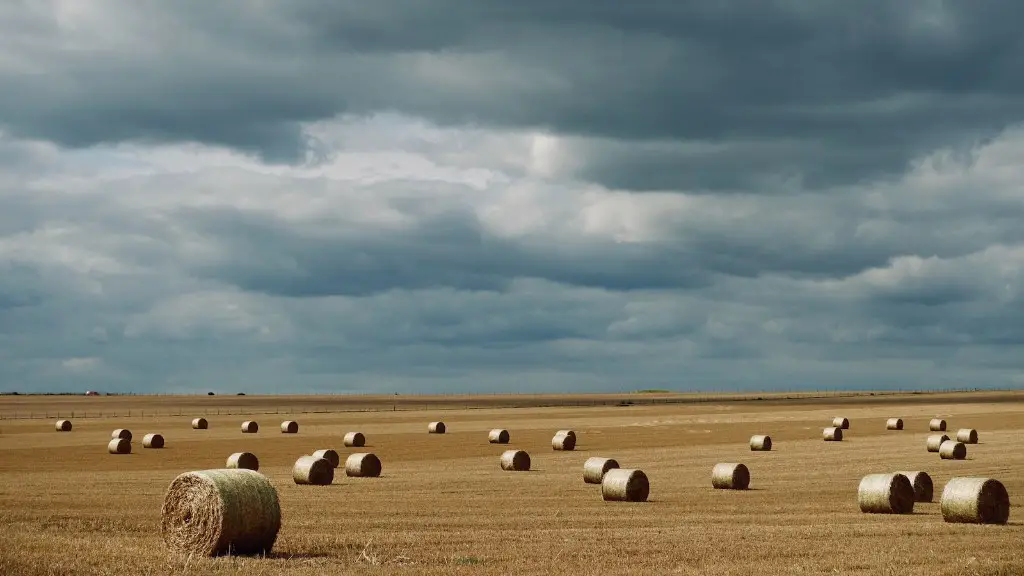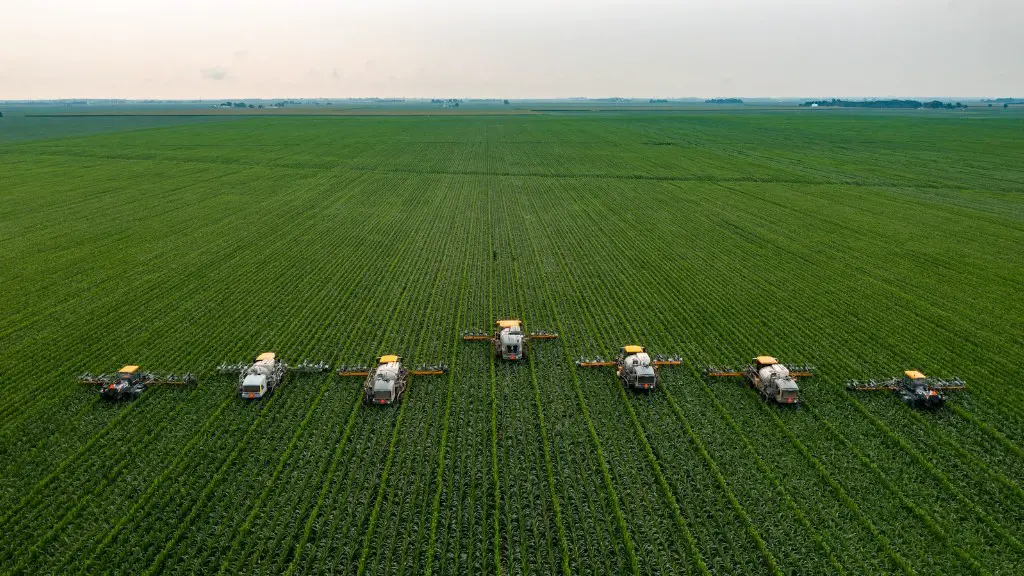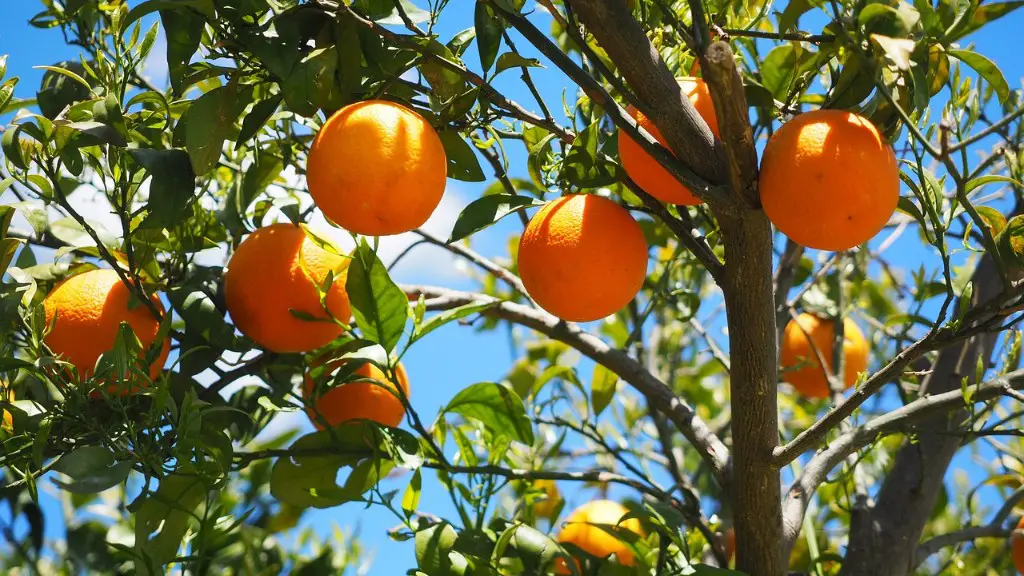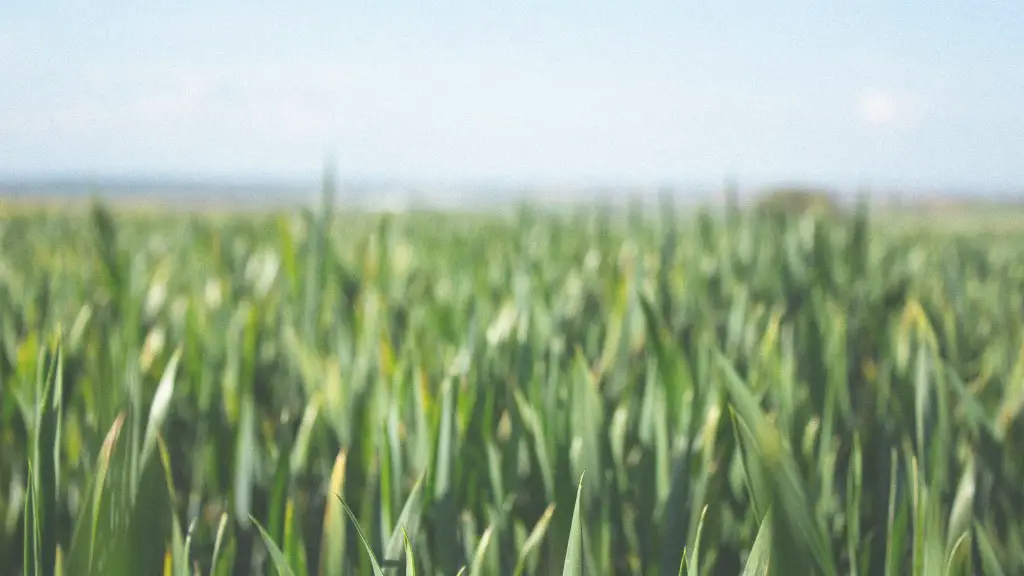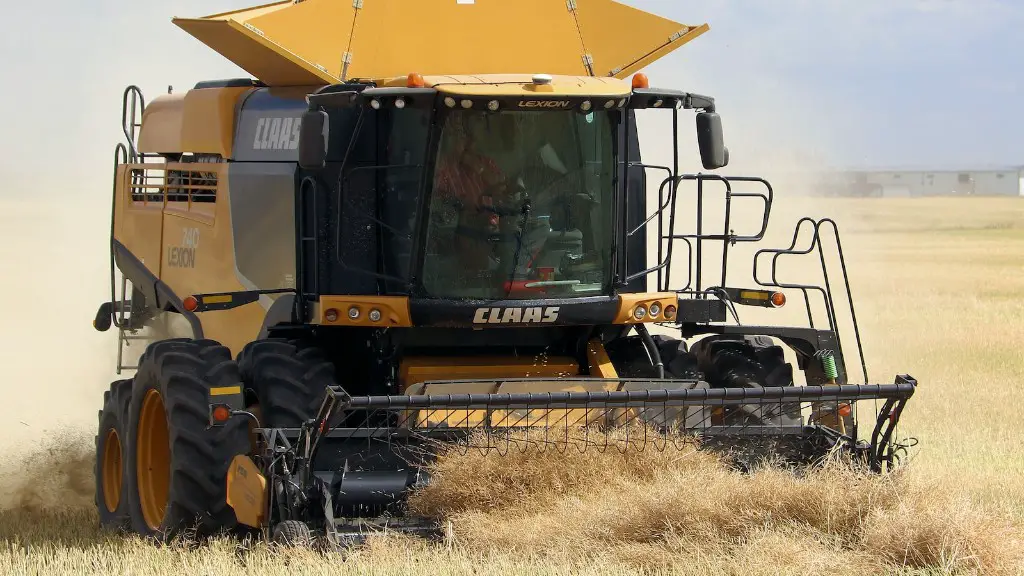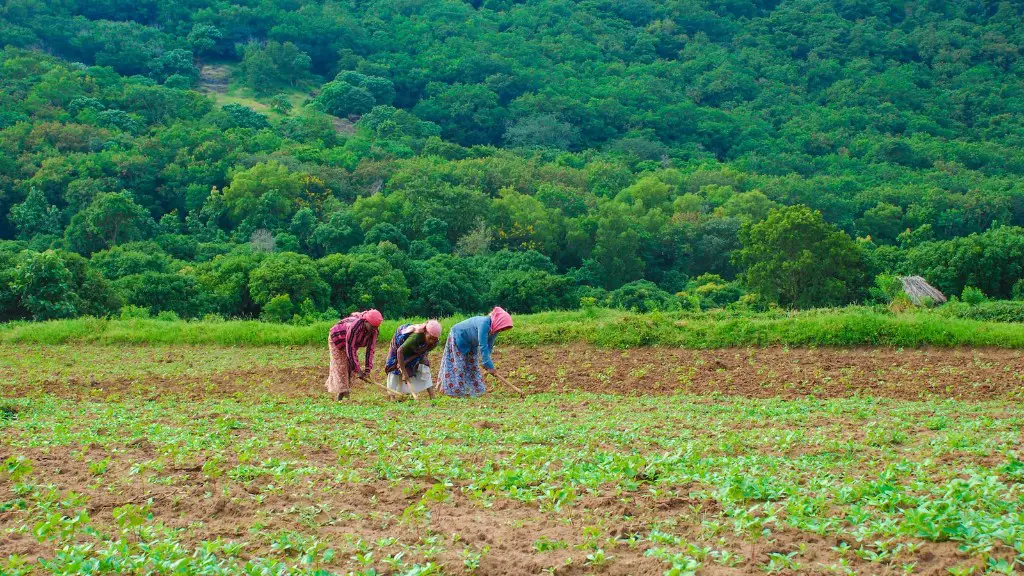One of the most important factors in maintaining a healthy environment is the way we manage our land. Unfortunately, shifting agriculture, also known as slash-and-burn agriculture, is a major cause of deforestation and environmental degradation.
Shifting agriculture involves the clearing of vegetation from an area of land, burning it, and then using the ash as a natural fertilizer to grow crops for a few years. Once the soil nutrients are depleted, the farmer moves on to another piece of land and repeats the process.
While shifting agriculture has been practiced for centuries, it is now recognized as one of the most harmful types of land management. The clearing of forests destroys habitat and disturbs delicate ecosystems. The burning of vegetation releases large amounts of carbon dioxide and other greenhouse gases into the atmosphere, contributing to climate change. And the loss of trees means there is less vegetation to anchor the soil, leading to increased erosion and runoff of chemicals into waterways.
In order to protect the environment, it is important to reduce our reliance on shifting agriculture. This can be done by promoting more sustainable land management practices, such as agroforestry, and by investing in reforestation efforts.
Shifting agriculture, also known as slash-and-burn agriculture, is a type of farming that involves clearing a piece of land by cutting down the vegetation and then burning the remaining biomass. The ashes serve as a natural fertilizer for the next crop cycle. While shifting agriculture is a traditional farming method used by many indigenous cultures, it can be harmful to the environment.
The most significant environmental impact of shifting agriculture is deforestation. Clearing the land for farming depletes the tree cover, which can lead to soil erosion, decreased biodiversity, and increased greenhouse gas emissions. Moreover, the burning of biomass releases carbon dioxide and other pollutants into the atmosphere, contributing to climate change.
While shifting agriculture can have negative consequences for the environment, it can be practiced in a sustainable way. For example, farmers can use more efficient methods of land clearing, and they can adopt conservation measures to prevent soil erosion. In addition, farmers can take steps to minimise the pollution caused by burning biomass.
What are two harmful effects of shifting agriculture?
Shifting cultivation has had both positive and negative impacts on the environment. On the positive side, shifting cultivation reduces the intensity of land use and the rate of environmental degradation. However, its negative impacts include loss of soil fertility, accelerated deforestation, and out of control forest fires.
Shifting cultivation is a type of agriculture where farmers clear a piece of land, usually in a forest, and then cultivate it for a few years before moving on to a new piece of land. This type of agriculture is often not very sustainable and can cause great harm to forests.
What are 3 negative effects of agriculture on the environment
This type of farming is not sustainable in the long term and is harmful to the environment. We need to move towards more sustainable farming practices that are better for the planet.
Shifting cultivation is a type of agriculture where farmers move their crops from one piece of land to another. This allows them to farm in areas with dense vegetation, low soil nutrients content, and uncontrollable pests. However, this method of agriculture can also lead to soil erosion and decreased soil fertility.
What is the effect of shifting on agriculture?
The clearing of forests for shifting cultivation can have a number of negative impacts on the environment, including contributing to climate change, biodiversity loss, reduced timber supply, flooding, siltation, and soil degradation. In addition, this practice can lead to a change in forest vegetation from primary to secondary and eventually to grassland.
Shifting agriculture is a type of agriculture where a plot of land is cleared and cultivated for a short period of time. The land is then abandoned and allowed to revert to its natural vegetation. The cultivator moves on to another plot.
Is agriculture ruining the environment?
Animal agriculture is a major contributor to climate change and the destruction of natural ecosystems. It is resource-intensive, requiring large amounts of land, water, and energy to produce. It also generates significant pollution, including greenhouse gas emissions, water contamination, and soil erosion.
Clearing land for animal agriculture is one of the leading causes of deforestation and loss of habitat for wildlife. This not only releases stored carbon into the atmosphere, but also destroys diverse ecosystems that are vital to the planet’s health.
Agriculture has a profound impact on the environment. Five major environmental effects of agriculture are soil fertility loss, eutrophication of water bodies, deforestation, climate change and pesticide pollution.
Soil fertility loss is caused by the overuse of land for agriculture. This leads to a loss of topsoil, which is the layer of soil that is most fertile. The loss of topsoil reduces the amount of food that can be grown on a given piece of land.
Eutrophication occurs when there is an overabundance of nutrients in water bodies. This can be caused by agricultural runoff, which carries fertilizers and other nutrients into waterways. Eutrophication can lead to the growth of harmful algae, which can deplete oxygen levels in the water and lead to the death of fish and other aquatic organisms.
Deforestation is another major environmental effect of agriculture. Forests are cleared to make way for farmland, which increases the amount of carbon dioxide in the atmosphere. This contributes to climate change, which is predicted to cause more extreme weather conditions, like hurricanes and floods.
Pesticide pollution is another environmental concern associated with agriculture. Pesticides are used to protect crops from insects, but they can also
What agricultural method harms the environment
Pollution from agriculture is a big problem because it can contaminate soil, water, and air. Artificial fertilizers and pesticides are the main pollutants, and they can end up in our food and water supply. This can cause serious health problems for people and animals. We need to find better ways to produce food without harming the environment.
While there are serious negative impacts that can come from agriculture, such as pollution and degradation of soil, water, and air, there are also positive impacts that agriculture can have on the environment. For instance, agriculture can trap greenhouse gases within crops and soils, or mitigate flood risks through the adoption of certain farming practices. By taking a closer look at the ways in which agriculture affects the environment, we can develop more sustainable practices that will allow us to enjoy the positive impacts while minimizing the negative ones.
Is shifting agriculture good?
Shifting cultivation systems are ecologically viable as long as there is enough land for long (10–20 years) restorative fallow, and expectations of crop yield and the attendant standards of living are not too high. These systems are naturally suited for harsh environments and fragile ecosystems of the tropics.
Subsistence farming is a type of agriculture where farmers grow crops and raise livestock primarily for self-consumption, rather than for sale.
Extensive farming is a type of agriculture that uses large scale production methods, typically involving heavy machinery and large tracts of land, to produce high yields.
Arable farming is a type of agriculture that focuses on the cultivation of crops, rather than livestock.
What is shifting agriculture known as
Shifting agriculture is a type of agriculture where farmers clear a piece of land by cutting down the trees and burning the vegetation. They then plant crops on the land for a few years until the land becomes less fertile. At this point, the farmers move to a new piece of land and repeat the process.
Shifting cultivation is a type of agriculture in which farmers Clear and cultivate a piece of land for a few years And then leave it to revert to its natural state for a period of time before moving on to another plot of land. This method is often used in areas with high population density and limited land resources. It helps to ensure that the land remains productive even as farmers move around.
Are there any negative effects of agriculture?
Agriculture is a significant contributor to greenhouse gas (GHG) emissions, through enteric fermentation and soil manure management among other things. In order to reduce these emissions, the government has implemented financial assistance programs that enable farmers to adopt practices that will result in lower GHG emissions. These programs are an important step in mitigating the effects of climate change, and they underscore the commitment of the government to address this global problem.
Farming allowed for the domestication of plants and animals, which led to the accumulation of food stores. This, in turn, led to the rise of deep class divisions, with those who had access to food stores having a much higher standard of living than those who did not. hunter-gatherers, on the other hand, had little or no stored food and no concentrated food sources, like an orchard or a herd of cows. they lived off the wild plants and animals they obtained each day.
Is agriculture worst for climate change
Factory farming is a huge contributor to climate change, releasing vast quantities of greenhouse gases into the atmosphere. Carbon dioxide and methane are two of the most potent greenhouse gases, and factory farming emits huge amounts of both.
This is extremely worrying, as we know that climate change is already causing huge problems around the world, and it is only going to get worse. Factory farming needs to be stopped if we are to have any hope of averting the worst effects of climate change.
On the other hand, agriculture is a victim of climate change. Climate variability and extremes can damage crops and livestock, reduce agricultural productivity and disrupt food security. In addition, farmers and ranchers are increasingly facing new challenges, such as invasive species, which are likely to become more prevalent with climate change.
Warp Up
Shifting agriculture is harmful for the environment because it involves the clearance of large areas of forest. This results in the loss of important habitat and the release of greenhouse gases into the atmosphere.
Shifting agriculture is harmful to the environment for many reasons. First, it results in the loss of topsoil, which is vital for plant growth. Second, it encourages deforestation, as farmers clear land to create new fields. This not only destroys the habitat of many animals, but also leads to soil erosion and further loss of topsoil. Third, the use of fire to clear land for planting releases greenhouse gases into the atmosphere, contributing to climate change. Overall, shifting agriculture is a harmful practice that has a negative impact on the environment.
